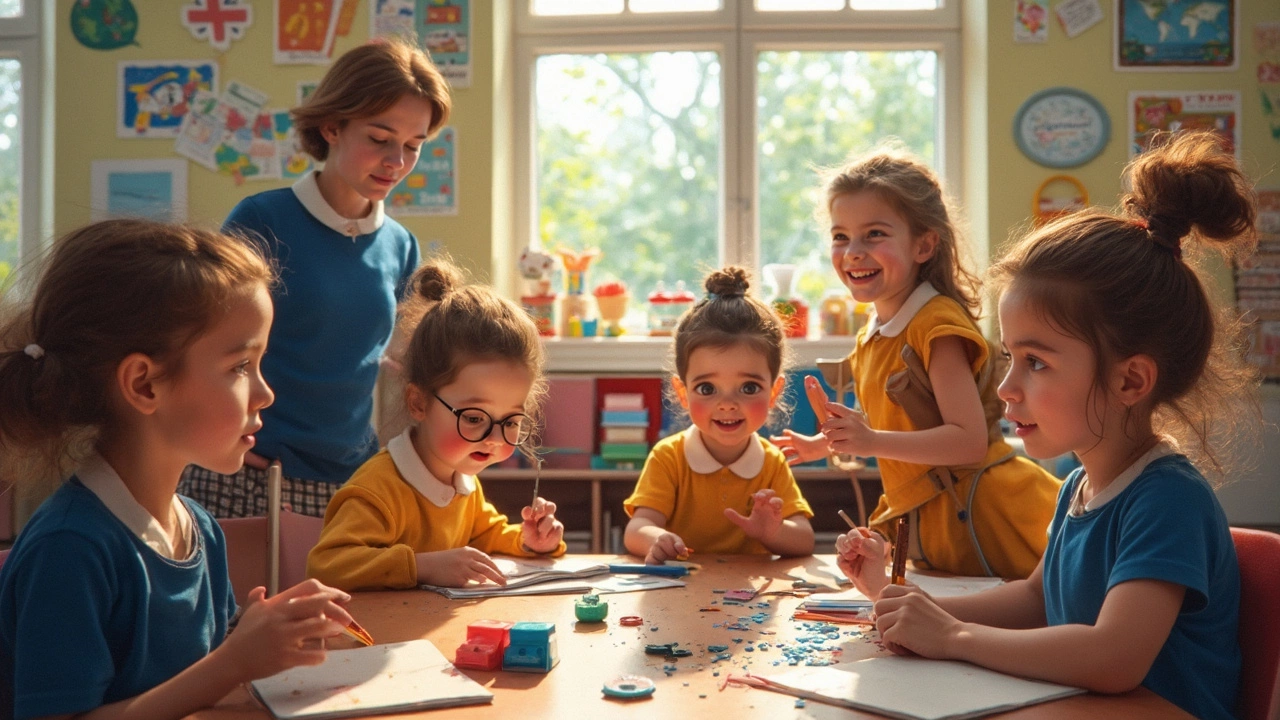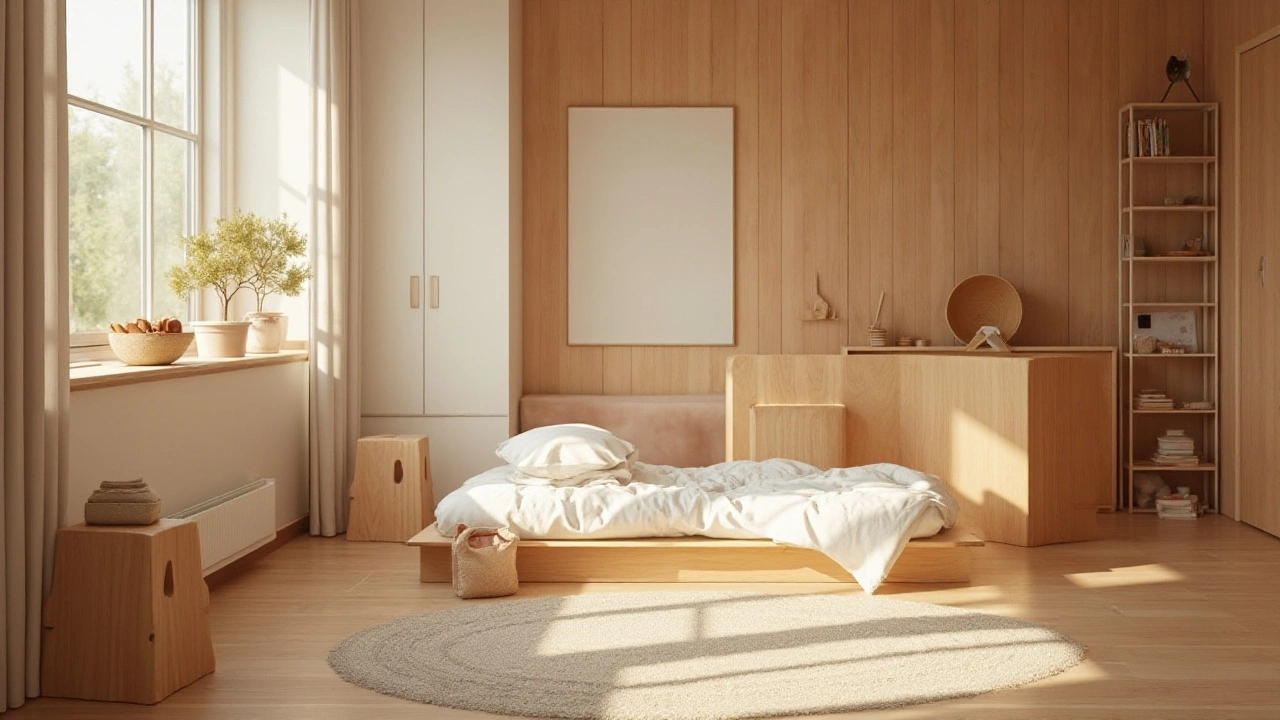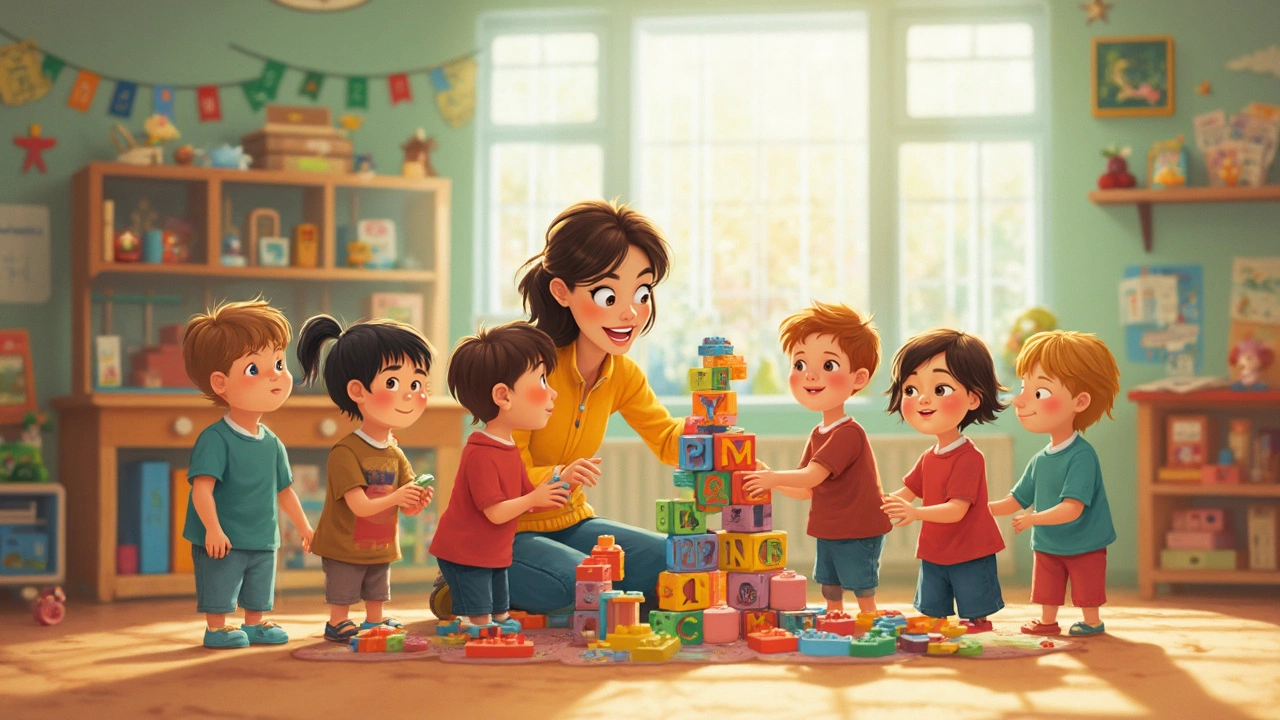Montessori Educational Toys: How They Inspire Child Development Naturally
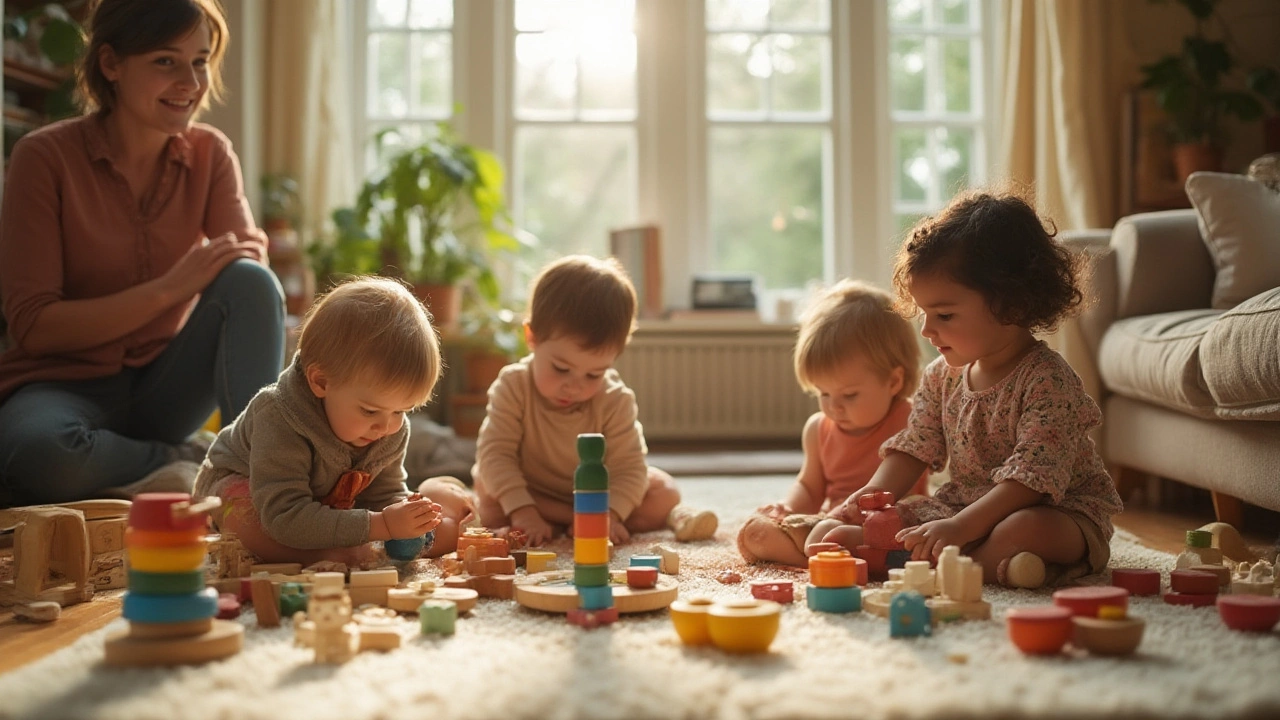
Picture this: a toddler quietly stacking wooden blocks, utterly focused, not a screen in sight. It looks simple, but there’s a whole philosophy behind it. Montessori educational toys have a bit of a cult following—and it’s not just because the toys look photogenic on Instagram. There’s a reason parents in Vancouver (and far beyond) are swapping out flashy gadgets for these minimalist classics. The wildest part? Montessori toys aren’t a new trend. The method’s roots go way back to the early 1900s, when Dr. Maria Montessori saw firsthand how children actually learn best. The tools in her classrooms weren’t called ‘toys’ to start with; they were ‘materials,’ and every curve or knob had a reason. Still, modern parents call them toys because—let’s face it—kids play with them, not file taxes. Today, as the tide turns against screen addiction and fast-fashion plastic, Montessori-inspired toys offer something different: they’re beautiful, they’re simple, and they quietly unleash your child’s brainpower.
What Are Montessori Educational Toys?
If you’ve seen one, you can probably guess: Montessori toys are natural, open-ended, and designed to spark real, hands-on learning. That doesn’t just mean ‘wooden and beige.’ It’s about being purposeful. Dr. Montessori wanted kids to play—but also to problem solve, practice little life skills, and really use all their senses. So these toys stick to simple lines and real materials—think wood, metal, even glass—not because it looks chic in a nursery, but because it’s literally what helps tiny hands and brains develop.
Montessori toys don’t beep, spin, or light up at the touch of a button. They don’t ‘entertain’; instead, they invite your child to do the work (and the brain-building). For example, a classic object permanence box—just a wooden box with a ball and a hole, no big deal—teaches babies that people or things exist even if they’re not right there. A set of nesting cups? Perfect for practicing size and order. You won’t find random cartoon faces or instructions for play. And Montessori teachers would remind you: the fewer distractions, the better the focus. In short: true Montessori toys do one thing really well, help your child build skills step by step, and let your child’s curiosity lead.
Take the classic Pink Tower: ten wooden cubes, each a different size, always painted pink. They teach not just size—but balance, math, spatial awareness. Or the knobbed cylinders, where kids carefully fit wooden pegs into slots, fine-tuning their grip as they match up sizes. Each toy is designed to isolate a specific skill, so a child can really master it before jumping to the next level. This isn’t something that gets old after two plays. Montessori toys are made to last years. The philosophy behind them is ‘freedom within limits’: Every activity has a clear purpose, but it’s up to the child to choose, focus, and repeat as they’re drawn to it.
How Montessori Toys Nourish Brain Development
Here’s where things get really interesting. Recent studies from the American Academy of Pediatrics show that open-ended toys—yes, just like Montessori classics—lead to longer periods of play, higher concentration, and richer use of language. That’s because when the toy doesn’t do all the entertaining, the kid’s brain has to do some heavy lifting. Kids not only figure out ‘how’ a thing works, but ‘why’ it matters.
Montessori toys offer what child psychologists call ‘active learning.’ Instead of passively watching or listening, children manipulate—lifting, stacking, pouring, matching, threading. These actions wire up fine motor skills, hand-eye coordination, and problem-solving abilities. Even more: following their curiosity gives kids real confidence in learning. In proper Montessori settings, toys live on open shelves, placed at a child’s height, so kids can choose what draws them in. This freedom, paired with toys designed for a single clear purpose, means a child can repeat an activity until they nail it. The brain craves mastery—and Montessori toys allow just that.
But don’t think it’s only about solo learning. When children use Montessori-inspired toys with siblings or parents, they learn to take turns, communicate, and model behaviours. The simplicity of these toys leaves space for imagination—one set of wooden blocks might be a tower one day, and a farm fence tomorrow. That flexibility supports creativity without any bells or batteries. And that’s the secret: Montessori toys don’t just teach letters or numbers. They develop foundational skills your child will use everywhere, for a lifetime.
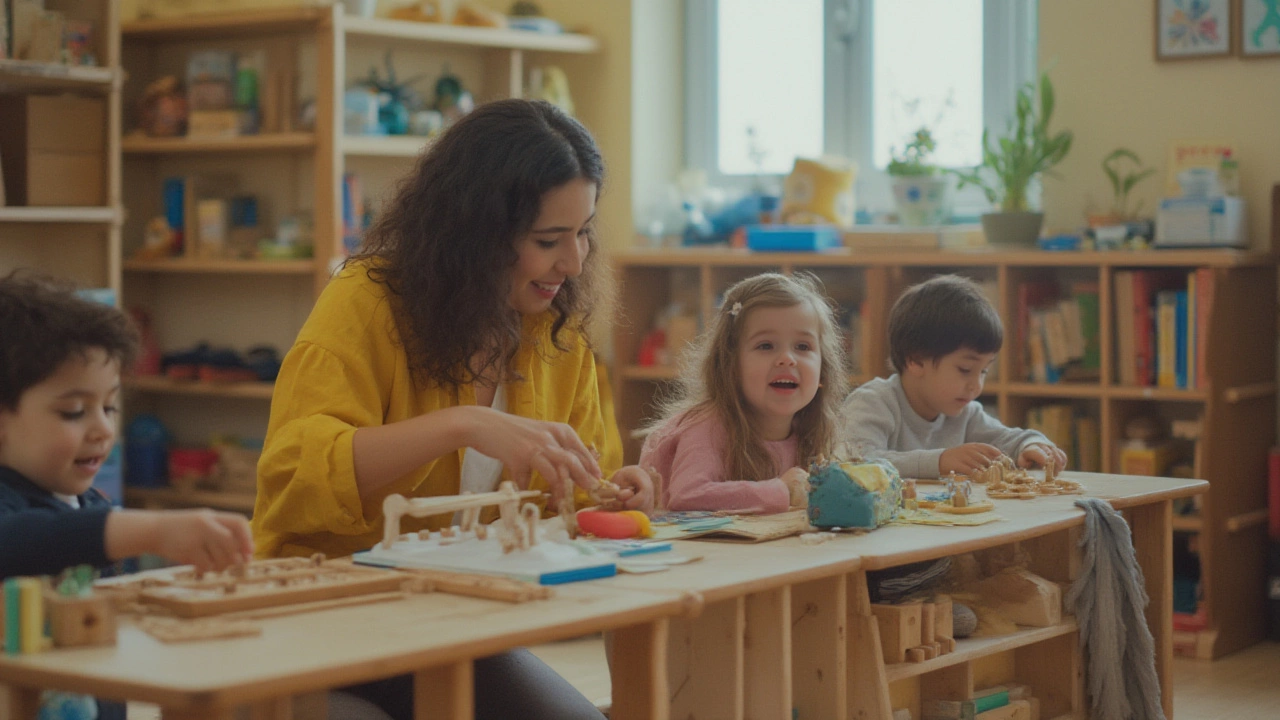
What Makes a Toy Truly Montessori?
With the ‘Montessori’ label now splashed on pretty much everything, picking out the real deal means looking for a few key traits. First, the toy needs to be made of natural materials. Wood is a favorite—think maple, beech, or bamboo—because it’s durable, tactile, and feels ‘real.’ But you’ll also find Montessori toys in metal, clay, and even glass in some classrooms. There’s a reason for this: natural materials connect kids with the real world. The weight, temperature, and even smell add to the sensory experience and help deepen focus.
Next, simplicity. Montessori toys aren’t covered in glitter or buttons. Each one isolates a single skill. A wooden shape puzzle might focus on size, while threading beads build coordination. You won’t see piles of different colors or cartoon stickers. This helps a child’s attention stay on the task at hand—no extra noise, just one skill at a time. This approach is called ‘control of error’; the toy should give feedback without an adult’s help. When building a block tower, if it tumbles, the child knows to try again. That direct feedback helps them learn perseverance and patience.
A real Montessori toy should also invite repetition. That’s why you rarely see Montessori toys that ‘do’ things by themselves. Instead, they inspire a child to pick up, experiment, and return again—and again—until they master the skill. Durability matters here; these are toys meant to last for years, even decades, passed down between siblings (and maybe even generations).
Authenticity counts. Just because a toy is wooden doesn’t mean it’s Montessori. If it lights up, plays music, or has too many steps at once, it’s probably not the best fit. Real Montessori materials align with a child’s developmental stage, following what’s called the Sensitive Periods—times when a child is obsessed with learning a new skill, like pouring water or matching shapes. If you’re buying for a baby, go simple: a grasping ring or a set of soft stacking cups. For toddlers, look for transferring tools (mini pitchers or scoops), matching games, or knobbed puzzles. For preschoolers, things get more advanced: letters, numbers, and practical life tools like mini brooms or baking sets (yes, preschoolers can help bake bread!).
Benefits of Montessori Educational Toys for Families
The thing that really wins over parents? Montessori toys are the ultimate multitaskers. Fewer things, but so much more learning. In fact, a study done in 2023 by a group of Canadian early childhood educators noticed that children in Montessori-inspired environments used on average only 12-15 core toys every month, compared to more than 40 in conventional playrooms. Less clutter equals less stress—for parents and kids.
These toys support essential life skills often overlooked by traditional toys. Something as basic as a child-sized broom (yes, it’s a Montessori staple) teaches responsibility and coordination. A simple pouring activity builds focus and hand strength. The point isn’t just to keep kids busy; it’s to help them become capable little people. Kids with access to Montessori toys can even show faster progress in self-regulation and teamwork—skills that Canadian teachers say are tough to teach but vital for success at school.
There’s a sustainability angle, too. Because Montessori toys are made from natural, durable materials, they tend to stick around. They don’t end up in landfills after six months. In Vancouver, there’s even a trend of trading or renting Montessori kits between families—saving cash, space, and the planet. Some local toy shops now have sections dedicated to ‘heirloom’ educational toys for exactly that reason.
If you’re worried Montessori toys are just for the privileged, don’t stress. Many can be made at home with a little creativity: think rice in a jar as a shaker, or a muffin tin with balls for sorting. It’s about the purpose, not the price tag. In fact, DIY Montessori hacks are all over parenting blogs and YouTube—especially helpful for parents looking for more meaningful play without a big budget.
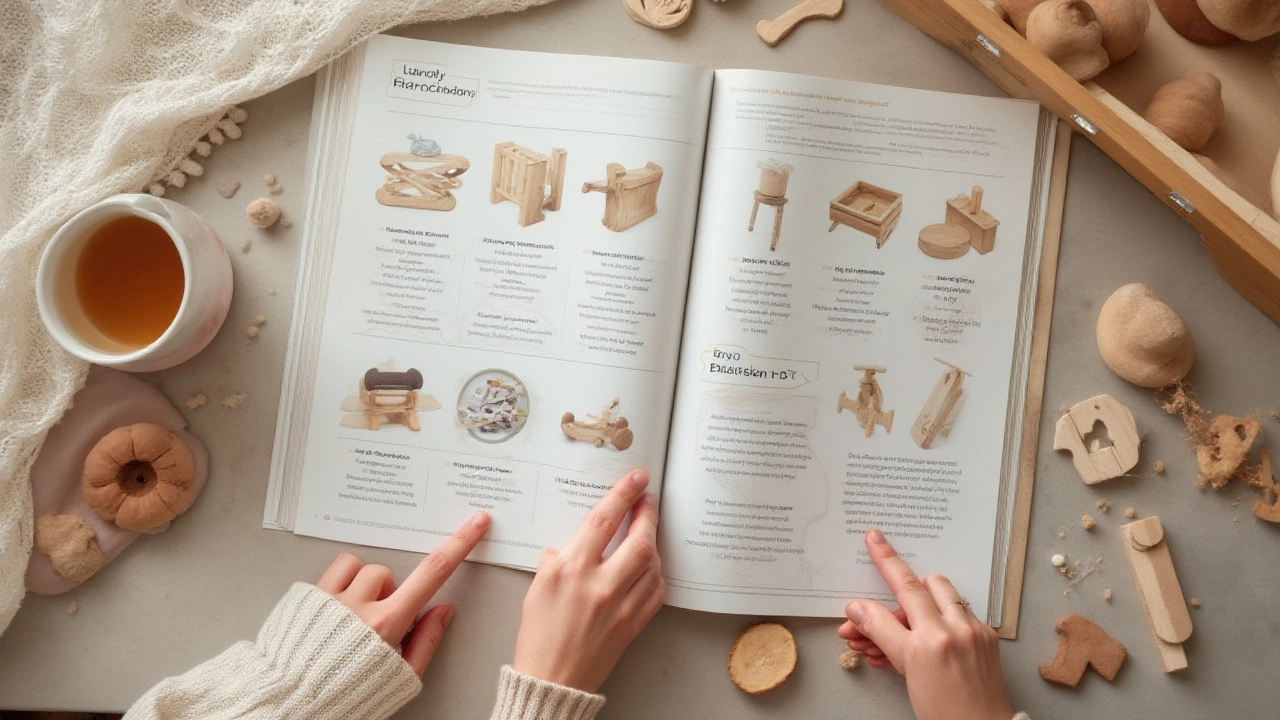
How to Choose and Use Montessori Toys at Home
Ready to make the swap? Start small and go slow—Rome wasn’t built in a day, and neither is a Montessori play space. Begin by looking at what your child’s already drawn to: stacking, sorting, pretend cooking? Add one or two classic Montessori toys that focus on those interests. It might be as simple as a set of wooden nesting bowls, or a little sweeping kit for your toddler who keeps stealing your broom.
Less is always more. Arrange toys on open, low shelves, not in bins. When your child can see all their choices, they’re less likely to tear apart the rest of the house looking for ‘the good toy.’ Swap out toys every few weeks, rotating new ones in and older ones out. This keeps things fresh and prevents overwhelm. Don’t overcrowd—too many toys creates chaos, not creativity.
Don’t forget, the best play happens when you join in (without taking over). Offer gentle suggestions if your child’s stuck, but otherwise let them take the lead. There are no wrong answers in a Montessori setup. If your toddler uses stacking rings as a pretend phone, go with it—that’s flexibility and imagination at work.
Curious what’s out there beyond the basics? Here’s a quick table with popular Montessori toys, the skills they support, and the best ages for each:
| Toy | Skill Focus | Best Age |
|---|---|---|
| Object permanence box | Sensory awareness, hand-eye coordination | 6-12 months |
| Pink Tower | Size differentiation, spatial reasoning | 18 months-3 years |
| Knobbed cylinders | Fine motor, discrimination of size/depth | 2-4 years |
| Practical life tools (mini brooms, pitchers) | Life skills, independence, hand strength | 18 months-5 years |
| Movable alphabet | Letter recognition, phonetic reading | 3-6 years |
A few tips to remember? Look for non-toxic finishes if your child is a baby or toddler—so many Montessori brands are eco-friendly, but double check. Skip toys that require batteries or have only ‘one way to play.’ If you’re short on space, go for toys that can be used in lots of different ways, like nesting bowls or building blocks. And remember: it’s OK if your play space isn’t picture-perfect. The best Montessori setups are the ones that work for your family, not for strangers online.
